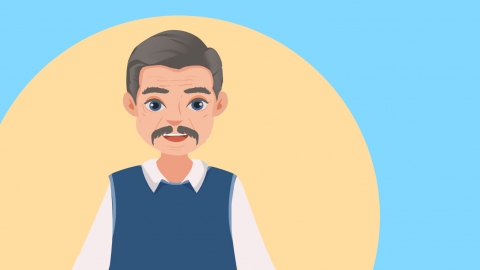Is osteoporosis in 80-year-old elderly people easy to treat?
Generally speaking, the difficulty of treating osteoporosis in 80-year-old elderly individuals varies from person to person and should be assessed based on their overall health condition. If the elderly person does not have severe underlying diseases, treatment can improve symptoms and reduce fracture risk. However, if they suffer from multiple chronic conditions, treatment becomes more challenging and requires a more cautious approach, focusing primarily on controlling disease progression.

If the elderly individual is in relatively good health without serious heart, liver, or kidney diseases, standardized treatment under medical supervision is feasible. By supplementing calcium and vitamin D, using anti-osteoporosis medications, and incorporating mild physical activities such as walking or tai chi, bone loss can be slowed, discomforts like back pain alleviated, and the risk of fractures reduced—leading to relatively favorable treatment outcomes.
For elderly patients with multiple chronic conditions such as diabetes or cardiovascular diseases, treatment must take comorbidities into account. Medication options may be limited, treatment duration often longer, and overall difficulty greater. In such cases, the primary goal is to prevent rapid further loss of bone mass and minimize fracture risks associated with osteoporosis. Treatment plans should be carefully adjusted under close medical monitoring to avoid adverse drug interactions and protect overall health.
In daily care, it's important to provide the elderly with a diet rich in calcium and protein, such as milk, soy products, and fish. Additionally, attention should be paid to home safety—keeping floors dry and free of clutter—to prevent falls.










